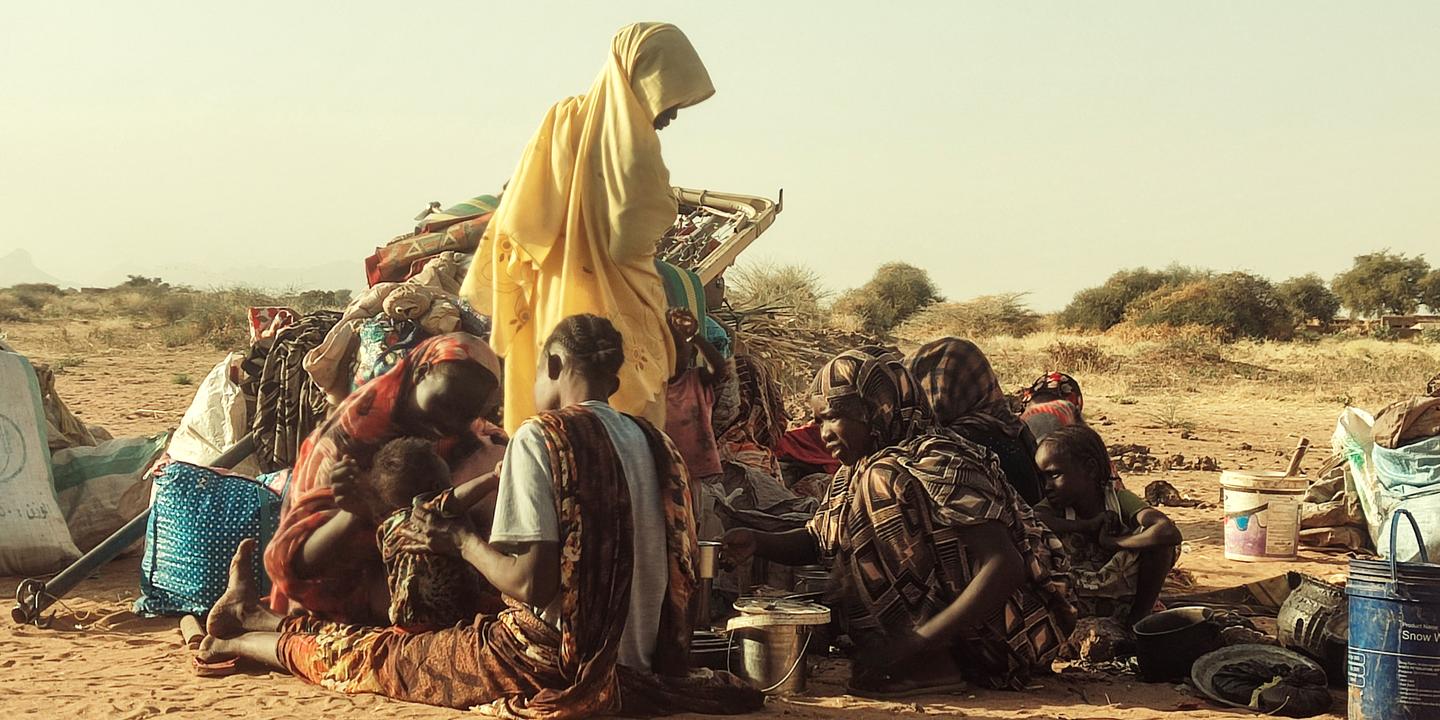
Sarah’s Harrowing Escape from the Zamzam Camp Massacre
In the unforgiving landscape of Sudan’s Darfur region, Sarah (name changed) had endured famine, war, and years of displacement in the sprawling Zamzam camp without ever contemplating flight. Yet, the relentless horrors she witnessed during a brutal attack by paramilitary forces forced her to abandon her fragile sanctuary.
On February 11, 2023, chaos erupted in the Zamzam camp as the Rapid Support Forces (RSF), a paramilitary group engaged in a bitter conflict with the Sudanese military, stormed the settlement. Witnesses described the onslaught as a "field of death," with bombs raining down on homes and bodies littering the streets.
"Missiles were falling on houses, there were bodies in the streets, it was impossible to stay," recounted Sarah, a 22-year-old literature student, upon reaching Tawila, a small town 60 kilometers west of Zamzam.
Haunted by the relentless aerial surveillance and the threat of roadside attacks, Sarah and her family embarked on a perilous three-day journey on foot. "Those who fled were robbed and assaulted on the road, a young man was killed," she recalled.
Established in 2004, the Zamzam camp, with an estimated population of 500,000 to 1 million, became the epicenter of Sudan’s first famine declaration in August 2024. Since April 2023, the conflict between the military and the RSF had intensified, driving waves of displaced people into the camp.
For months, the RSF had laid siege to El-Fasher, the capital of North Darfur State, but failed in their attempts to capture the city. In recent weeks, they escalated their attacks on the city and surrounding villages, displacing thousands, according to the UN.
Last week, Zamzam’s inhabitants were forced to flee their last refuge. "The streets turned into killing fields filled with blood and corpses, houses were burned to ashes, and the screams of people mixed with the sound of bullets," stated the General Coordination of Internally Displaced Persons and Refugee Camps in Darfur.
The assault lasted at least three days, witnesses told AFP, claiming the lives of at least 19 people, according to Mini Minawi, the governor of North Darfur, whose forces are allied with the military in their battle against the RSF. The UN confirmed the killing of at least two aid workers.
Satellite imagery obtained by Le Monde’s Video Investigation Unit confirms the devastation wrought by the attack. Approximately 2.6 hectares of buildings were destroyed, likely due to fires or explosions. The destruction is concentrated around the camp’s northeastern entrance along the B26 road.
Heat signatures detected by NASA’s Firms satellite system indicate four distinct fires during the February 12-13 period, corresponding geographically to the destruction observed in the satellite images.
The camp’s makeshift hospital, operated by Médecins Sans Frontières (MSF), is overwhelmed with the influx of wounded. Without a surgical unit, it lacks the capacity to provide adequate care. "We had to leave some of the injured on the floor," lamented Adam Issa, a Zamzam resident who fled his burning home.
Families escaped with only the meager belongings they could carry, but by the time they reached Tawila, they had been stripped of their possessions. "At five checkpoints, the RSF searched us, accusing us of being with the military and that our husbands were soldiers," Maqboula Mohamed told AFP, barely able to contain her tears.
"They took our phones and all our money, they left us with nothing, even our blankets," said the 37-year-old, who had already been displaced multiple times before. In the nearby village of Shagra, she claims the paramilitaries issued a chilling warning: "Even if you go to Zamzam or El-Fasher, we will pursue you."
In a statement released on Thursday, the RSF claimed they had conducted a "quick operation to free the displaced persons" in Zamzam, alleging that the camp had been "transformed into a military base" by armed groups allied with the military. The RSF, which has been accused of committing genocide in Darfur by the United States, denies targeting civilians.
According to the World Health Organization (WHO), over 20,000 people have been killed since the escalation of the conflict in September 2024, but some estimates put the death toll as high as 150,000, according to Tom Perriello, the U.S. envoy for Sudan. UNICEF warns that the escalating violence in Zamzam and El-Fasher "puts hundreds of thousands of children at risk."
The civilian administration of Zamzam released a statement accusing the RSF of attempting to "wipe out" the displaced population. "What is happening now in Darfur is a clear genocide that demands immediate international action," they declared, warning that silence would be "judged by history as complicity." Amnesty International has emphasized "the urgent need for real international pressure" on the warring parties, including an arms embargo.
In Tawila, the neutral Sudan Liberation Army led by Abdoulwahid Al-Nour has pledged to protect civilians. But without shelter, food, or money, Sarah remains "terrified" in the desolate plains. "We escaped with just the clothes on our backs, we have nothing, not even a blanket to cover ourselves when we sleep."
